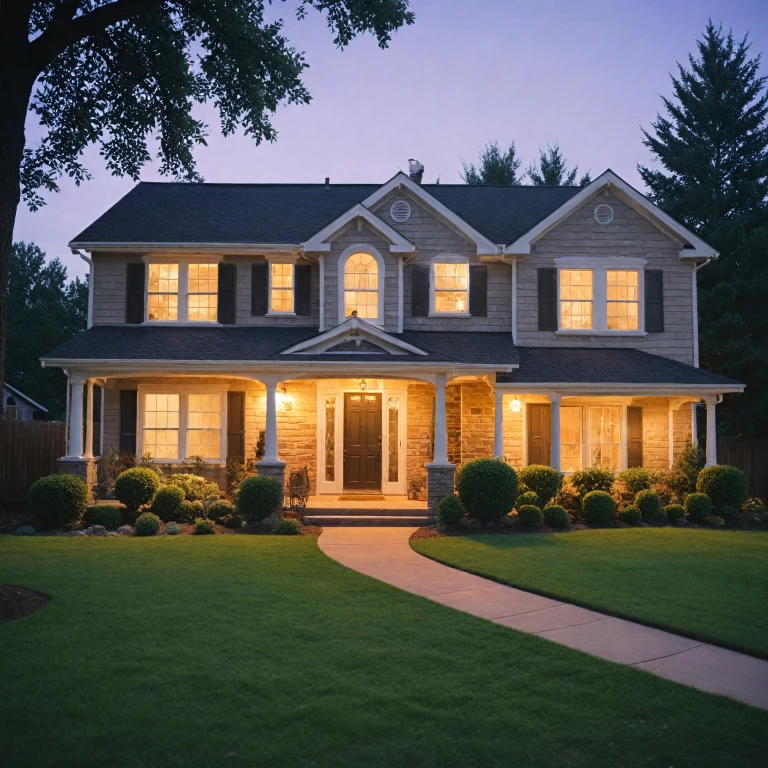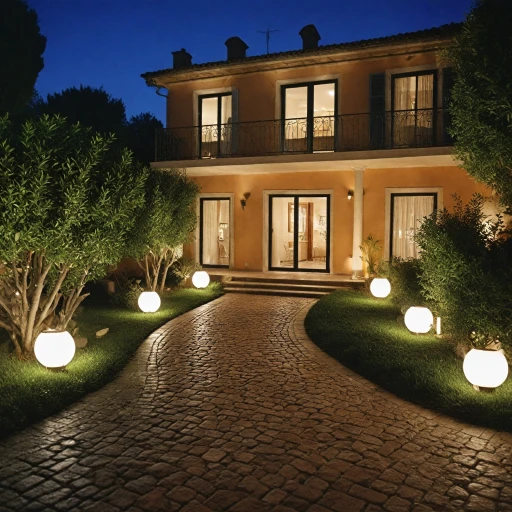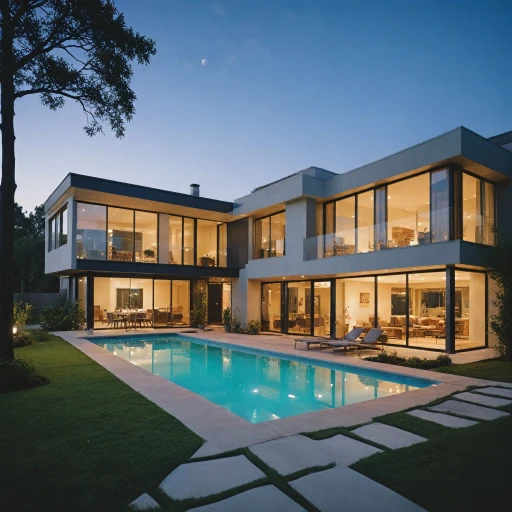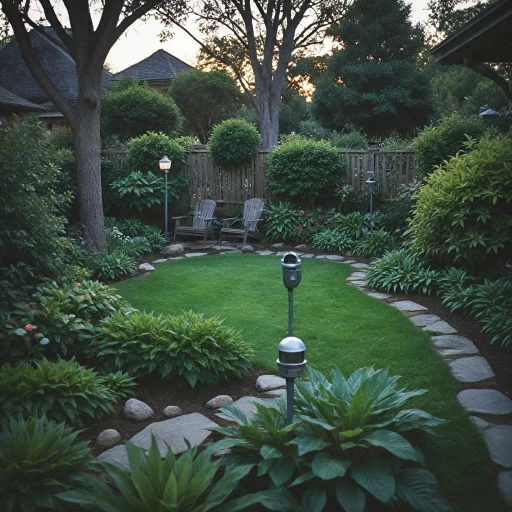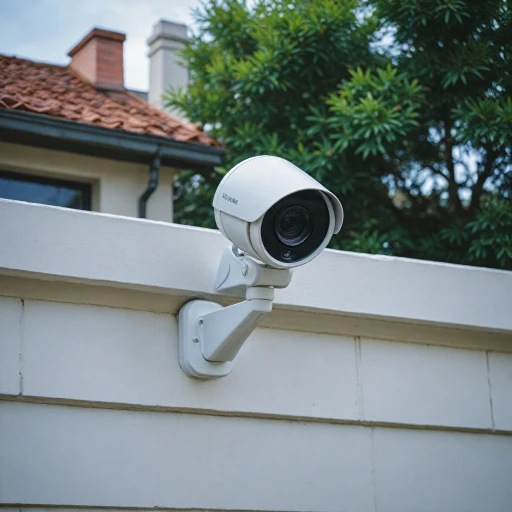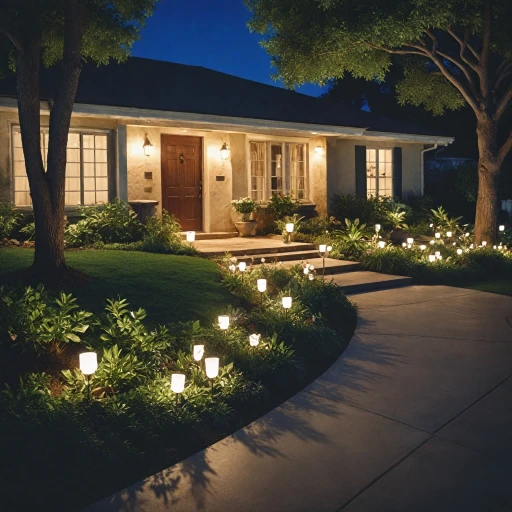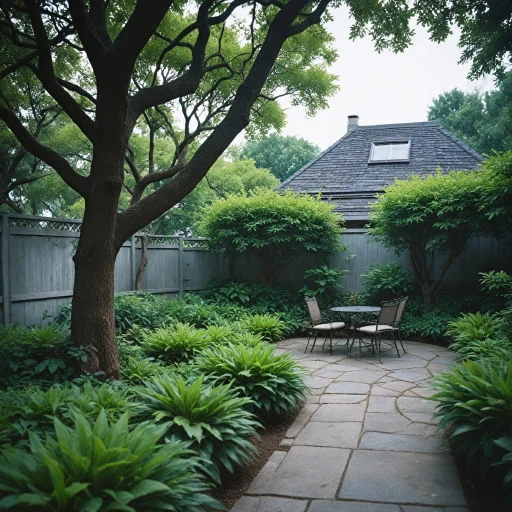Understanding Home Security Needs
Determining Your Essential Security Needs
Home security can often be a complex subject, given the variety of options and technologies available. A good starting point when considering implementing a security solution—whether a floodlight camera, a standalone security camera, or an integrated system—is evaluating your specific home security requirements. This evaluation hinges on various factors.
Think about the areas around your home that need surveillance. Are you concerned about what happens in your driveway, backyard, or entryway? Understanding which locations require coverage helps you decide whether a fixed security camera or a more dynamic solution like pan-tilt or floodlight cams might be more effective.
The level of detail and context you want from footage is determined by camera resolution and features like night vision and motion detection. If you require real-time alerts, make sure your cams have smart motion-activated features to catch suspicious activity as it happens. It is crucial that the coverage area, or field of view, fits your property layout.
Consider video storage preferences as well—whether you want cloud storage or prefer to keep your security footage locally. Additionally, the platform compatibility for mobile access via apps from your preferred device, like Alexa or Google, may have an impact on your decision.
Ultimately, a clear understanding of these needs, in conjunction with factors like cost, installation considerations, and smart features, can guide you to the right choice. As you weigh these options, you might also wish to explore how to choose the best outdoor camera that matches your security needs and enhances your home's safety.
Advantages of Floodlight Security
Enhancing Home Security with Strategic Lighting
Floodlight security systems offer a smart way to improve your home's security by combining bright lighting with surveillance capabilities. These systems, like the popular ring floodlight cam, are designed to deter potential intruders by illuminating dark areas, making them less appealing for unauthorized entry. One of the key features of floodlight cameras is their motion detection capabilities. When movement is detected, the lights turn on automatically, providing both a warning to intruders and a clear view for camera recording. This motion-activated lighting not only helps in capturing detailed video footage but also acts as a preventive security measure. Additionally, floodlight cameras come with various features like night vision, ensuring that your property is under surveillance round the clock. They offer real-time live view options through connected apps, allowing homeowners to view details instantly and respond swiftly if needed. You also benefit from the enhanced field view that floodlight cameras offer. With wide-angle lenses, these cameras cover more ground than standalone security cameras, capturing more activity around your property. Some advanced models even allow for pan and tilt adjustments, ensuring no corner is left unmonitored. While the initial investment might seem significant, the combination of deterrent lighting and advanced surveillance features often justifies the cost. For those seeking comprehensive outdoor security, floodlight cameras can be a valuable addition. Discover more about choosing the right floodlight camera for your needs by visiting this guide on choosing the best 4MP outdoor turret camera for your home security.Benefits of Standalone Security Cameras
Enhanced Security with Standalone Security Cameras
When considering home security options, standalone security cameras offer a range of benefits that cater to various needs and preferences. These cameras can operate independently without the additional integration of floodlights. Here's why they might be the best choice for your home. Standalone security cameras typically come equipped with advanced features like high-quality video, wide field view, and superior night vision capabilities. This ensures that you're able to monitor your property effectively both day and night. Many models come with motion detection technology, alerting you to suspicious activities in real time and allowing quicker response to potential threats. For those who value technological integration, standalone cameras often offer compatibility with smart home systems like Alexa and Google. This level of interoperability allows you to receive alerts and view live video seamlessly through an app on your devices. Another significant aspect of standalone security cameras is their storage options. Many offer a combination of local storage (like SD cards) and cloud storage subscriptions, providing flexibility and ensuring you can view details of past events when needed. Whether you choose the Ring cam, a cam pro, or another model, these cameras maintain a steady stream of recorded data for your peace of mind. Individual security cameras also tend to have lower initial and installation costs compared to floodlight cams. They're easier to install and often designed for outdoor use, offering robust protection against the elements. These factors, combined with their discrete form and powerful features, make standalone security cameras a compelling option for enhancing your home security ecosystem. For those interested in additional lighting, a motion-activated security system can complement the visibility of traditional cameras, providing a cost-effective enhanced security solution. Learn more about such options in our detailed guide on battery-powered motion sensor spotlights.Comparing Costs and Installation
Cost Comparison and Installation Considerations
When deciding between floodlight security and standalone security cameras for your home, comparing the costs and installation requirements of each can be crucial in making an informed decision.Initial Purchase and Installation Costs
- Floodlight Cameras: These combine lighting and camera features, which might make them slightly more expensive upfront compared to standalone cameras. However, they can save costs on purchasing additional lighting equipment.
- Standalone Security Cameras: Generally more affordable in terms of their initial purchase price, but if good lighting is also needed, this could require investment in separate floodlights.
Installation Process
- Floodlight Cameras: Installing a floodlight camera may require electrical work, especially when replacing or adding new lights, as it involves wiring. This kind of installation might need professional help if you lack electrical expertise. However, on the positive side, they offer a combined solution that simplifies the installation of lights and cameras together.
- Standalone Security Cameras: These are usually more straightforward to install and can often be done by the homeowner, especially wireless options. They can be placed with ease, needing just a stable surface or mount. This can be a more convenient choice if you're looking to do it yourself.
Ongoing Costs
When looking at these systems, consider monthly subscription fees for enhanced features such as video storage and real-time alerts. For example:- Some floodlight cameras may require subscriptions for access to features like motion detection, cloud storage, and live view.
- Standalone cameras, on the other hand, may offer versatile options like local storage, helping you avoid recurring costs, though these may lack the seamless and guided user experience that a subscription service can offer.
Technology and Features to Consider
Essential Considerations for Home Security Technology
In today's digital age, selecting the right technology and features is crucial when choosing between floodlight security systems and standalone security cameras. To ensure that your home is effectively protected, consider the following key factors:
- Video Quality and Resolution: Look for security cameras with high video quality. A 1080p resolution is common, but you may also find options with 4K resolution for a clearer field view.
- Motion Detection: Whether you're considering a floodlight cam or a standalone camera, motion activated features are essential. Some systems offer advanced motion detection allowing for customizable zones and more refined alerts, minimizing false positives.
- Night Vision: As most security breaches occur at night, ensure your camera has effective night vision capabilities. This feature allows for clear video capture even in low light conditions.
- Video Storage Options: You’ll need to decide between local storage or a subscription-based video storage service. Options like Ring and Cam Pro typically offer cloud-based storage with app integration, providing ease of access to live views and stored footage.
- Smart Home Integration: Check compatibility with home assistants like Alexa and Google Home. This integration allows for voice control and streamlined management of your security system.
- Field View and Coverage: A wide field of view is beneficial for outdoor security. Consider floodlight cameras which combine lighting and camera capabilities, offering extensive coverage with motion-activated lights.
- Weather Resistance: Outdoor cameras should have a durable, weatherproof design to withstand the elements and ensure long-term functionality.
- Installation Flexibility: The ease of installation can vary significantly. Some systems require professional setup, while others are more user-friendly for DIY enthusiasts.
By understanding and comparing these technological features, you can make a more informed decision that best suits your home security needs.
Making the Right Choice for Your Home
Evaluating Your Home's Specific Security Needs
When it comes to safeguarding your home, the decision between opting for floodlight security or standalone security cameras comes down to assessing your unique security requirements. There are several factors to consider to ensure you are making the right choice for your home.
Identifying Your Property's Vulnerable Areas
It's crucial to inspect your property to identify potential vulnerable areas. If your home has vast outdoor spaces, or you need enhanced illumination due to low lighting conditions, installing floodlight cameras could offer significant advantages. These devices not only illuminate dark spots but also feature motion detection capabilities, providing an extra layer of security by warding off potential intruders.
Analyzing the Level of Monitoring Required
For those who prioritize a more versatile and mobile security setup, standalone security cameras might be a better fit. With features like pan tilt options, night vision, and real-time live view, these cams offer flexible monitoring. Plus, they often integrate well with existing smart home systems like Alexa and Google, complete with alerts through a dedicated app.
Budget and Long-term Costs
Your budget will play a critical role in your decision. While floodlight cams may have a higher upfront cost due to their additional lighting and motion detection features, standalone security cameras often involve considerations like video storage and potential subscription costs for video quality upgrades.
Evaluating Technology and Features
Advanced features such as remote access, field view adjustments, and local storage options are aspects to contemplate. Floodlight cameras often concentrate on deterrence with powerful lights and audible alarms, whereas standalone security cameras typically offer a broader range of tech-driven features, potentially providing a detailed view of activities and motion-activated recording options.
Ultimately, making the right choice hinges on weighing immediate versus long-term needs and understanding how each security element enhances overall safety. Whether opting for the robust deterrent effects of floodlight cameras or the flexibility and detailed coverage of standalone security cams, aligning security features with your personal priorities will guide you towards the best decision for your home security needs.
